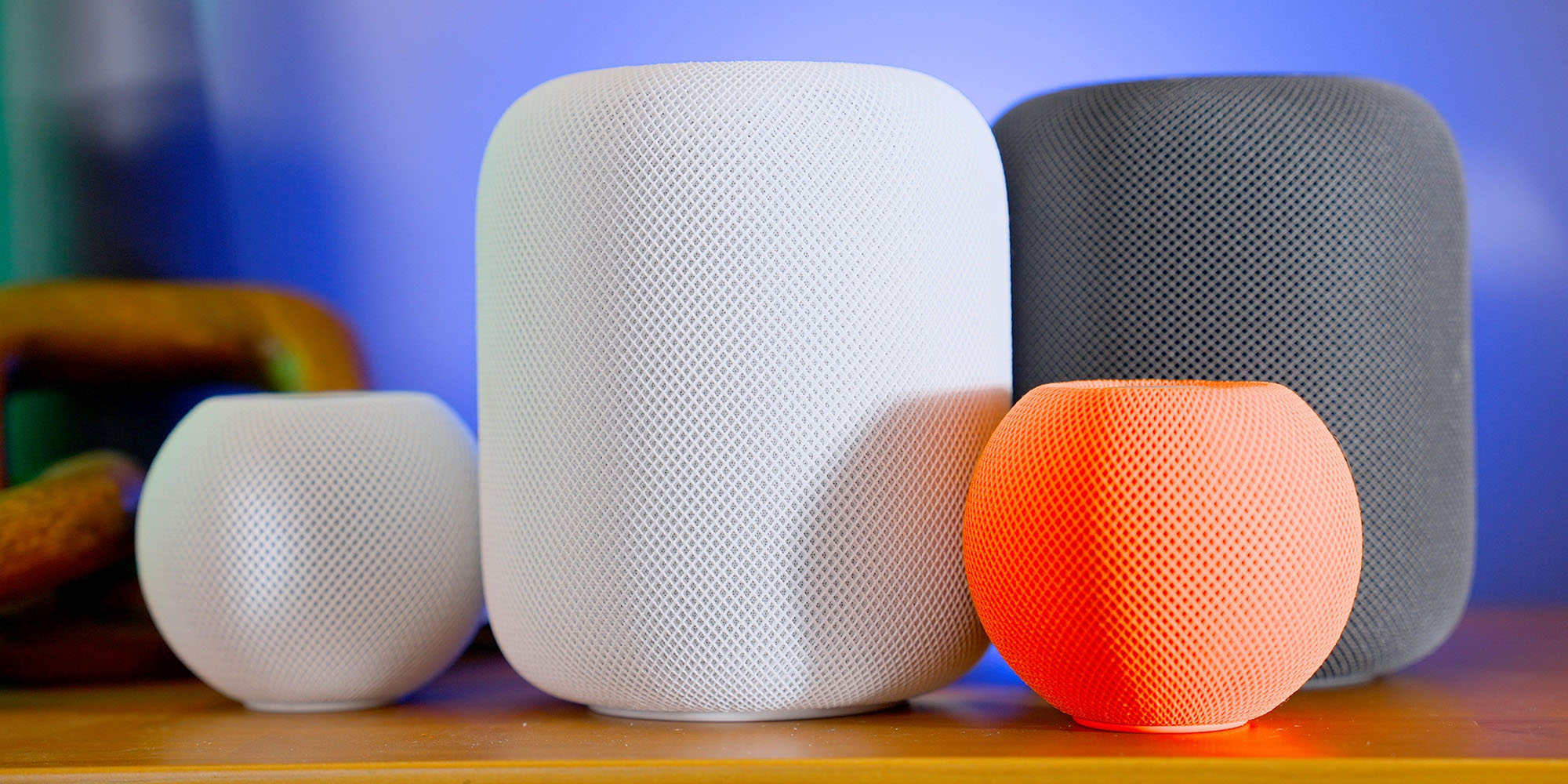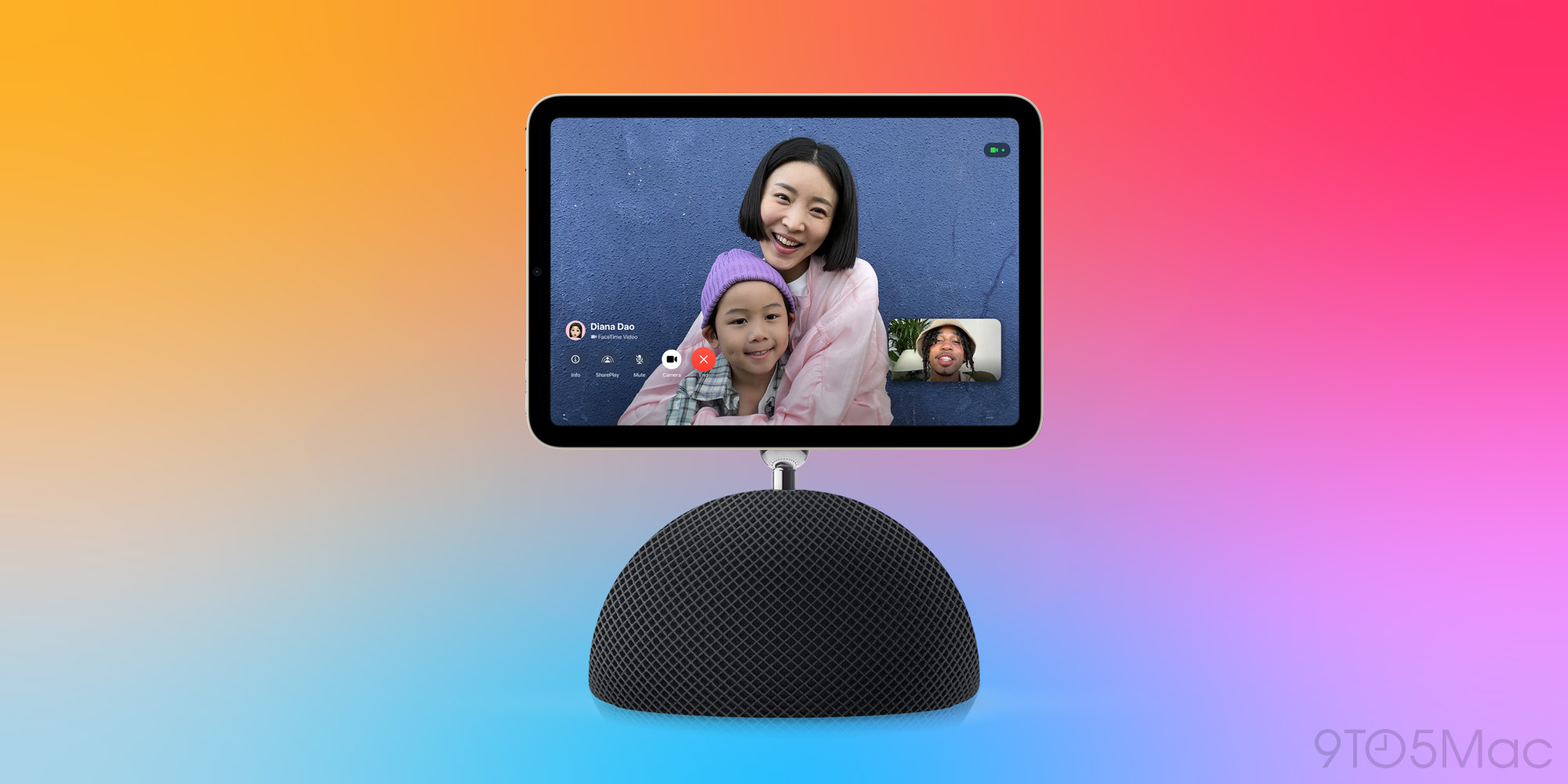Apple is poised to make significant strides in the smart home sector, with the upcoming ‘HomePad’ marking the beginning of a substantial strategic initiative. But what implications does this new device hold for the future of the HomePod? Could it lead to the HomePod’s demise? Perhaps, but it could also serve as a lifeline.
The Dilemma of HomePod and Apple Intelligence

The HomePod and HomePod mini revolve around two essential functions:
- Music playback
- Siri interactions
Apple has heavily emphasized the music experience, perhaps even more than anticipated before the original HomePod’s launch. While it delivered an impressive audio experience, many reviewers noted that Siri fell short compared to rivals like Alexa.
Over time, Apple has gradually enhanced Siri’s features on the HomePod, but it now faces a familiar challenge. The existing hardware seems unable to accommodate Apple Intelligence and the enhanced Siri capabilities.
The new Siri is just starting to roll out, anticipating an upgrade with ChatGPT next month and significant enhancements this spring.
Should these upgrades occur while the HomePod lacks compatibility, it could revert to being an excellent music speaker but with a subpar Siri experience.
Enter the new HomePad.
The Versatility of the New ‘HomePad’

The forthcoming HomePad, according to Mark Gurman’s insights, is set to incorporate all functionalities of the HomePod while adding much more, including support for the new Siri from Apple Intelligence.
This device is intended to be a smart display featuring built-in speakers. While these speakers may not compete with the HomePod’s audio quality, a significant aspect of the HomePad will be its adaptability through separate attachments.
As Gurman notes:
Apple is creating various attachments for the device, including those that can mount screens on walls like traditional home-security panels. There will be bases with extra speakers designed for different environments such as the kitchen, bedside, or office. Apple envisions users utilizing the FaceTime feature while cooking or for virtual meetings.
A critical point here is the ‘bases with extra speakers’.
If these standalone speaker bases are primarily aimed at enhancing FaceTime, possibly with integrated microphones, they may not replace HomePods. Rather, I envision a model akin to a conference call setup.
However, there’s a chance that these speaker attachments will deliver at least comparable audio quality to the HomePod mini, potentially nearing that of the larger HomePod.
HomePad’s Fate: Coexistence or Replacement?
As I contemplate the new HomePad and its connection to the HomePod, two potential scenarios emerge.
- Coexistence: Apple may choose to allow HomePods to maintain their focus on sound quality while the HomePad takes on different objectives. Ideally, the two devices would interact so that Siri requests made to a HomePod are processed by a nearby HomePad, with responses sent back to the HomePod. In this scenario, HomePods would leverage the HomePad’s more capable Siri when in proximity, effectively making the HomePad a complementary addition that enhances the HomePod.
- Replacement: Alternatively, the HomePad might render the HomePod obsolete, resulting in its eventual discontinuation. This outcome would greatly depend on the design and performance of the HomePad’s ‘bases with extra speakers.’ If these can deliver audio quality comparable to the HomePod, the original smart speaker’s relevance could significantly diminish.
We look forward to learning more about Apple’s vision for the HomePad in the coming months.
With spring fast approaching, so too begins Apple’s foray into the new smart home landscape.
What are your thoughts on whether the HomePad will replace or coexist with the HomePod? Share your opinions in the comments.
Top Accessories for Apple Products
: . More.



